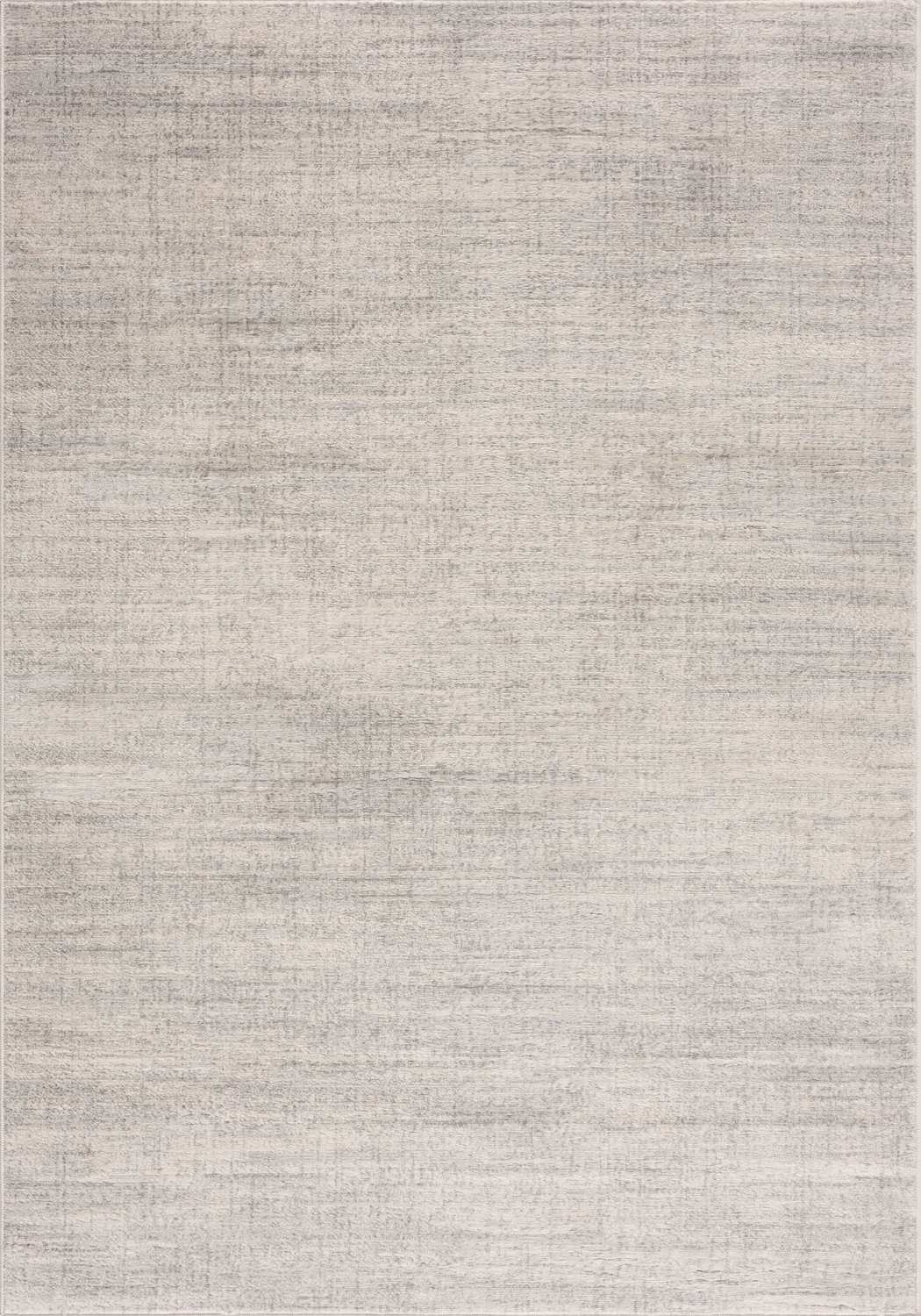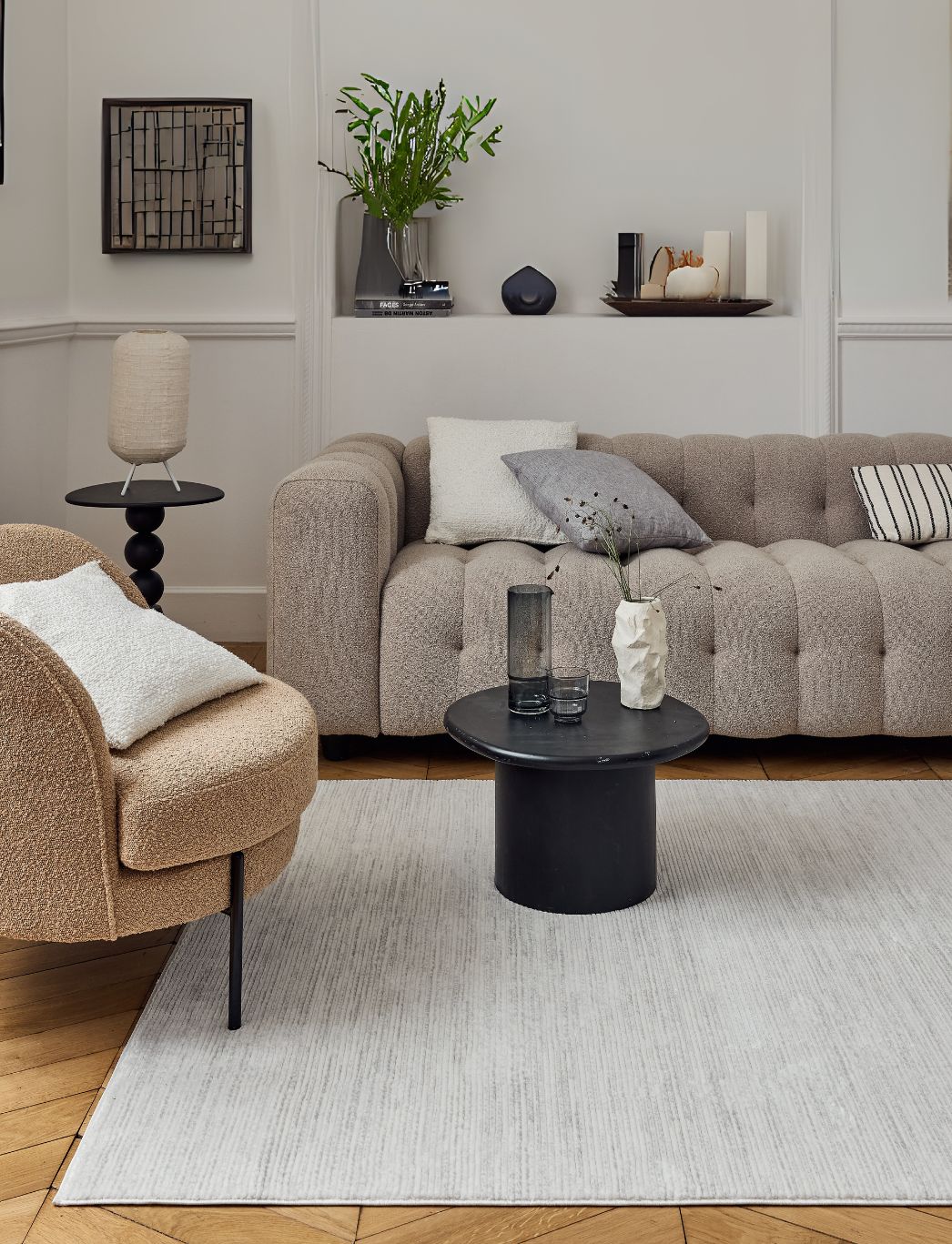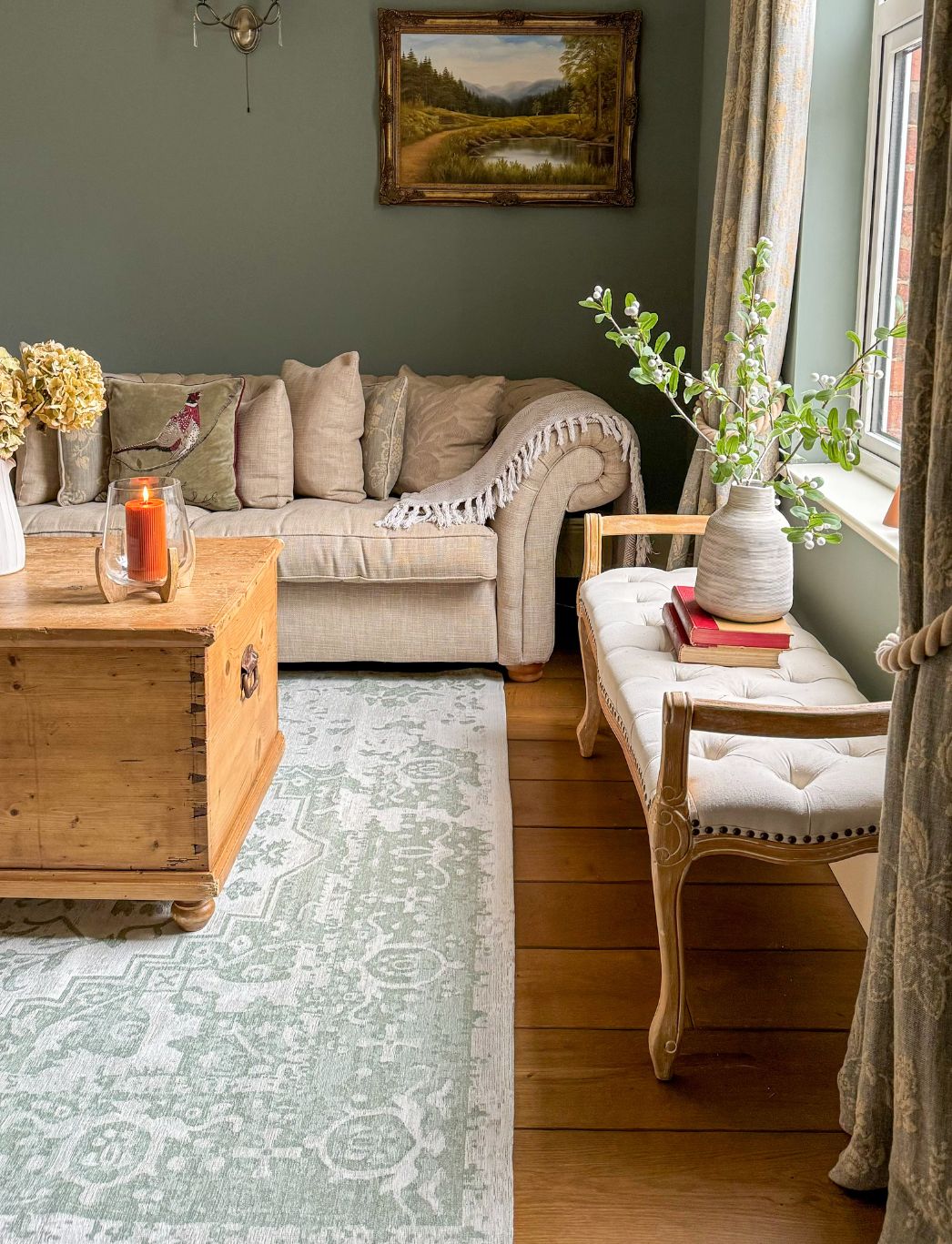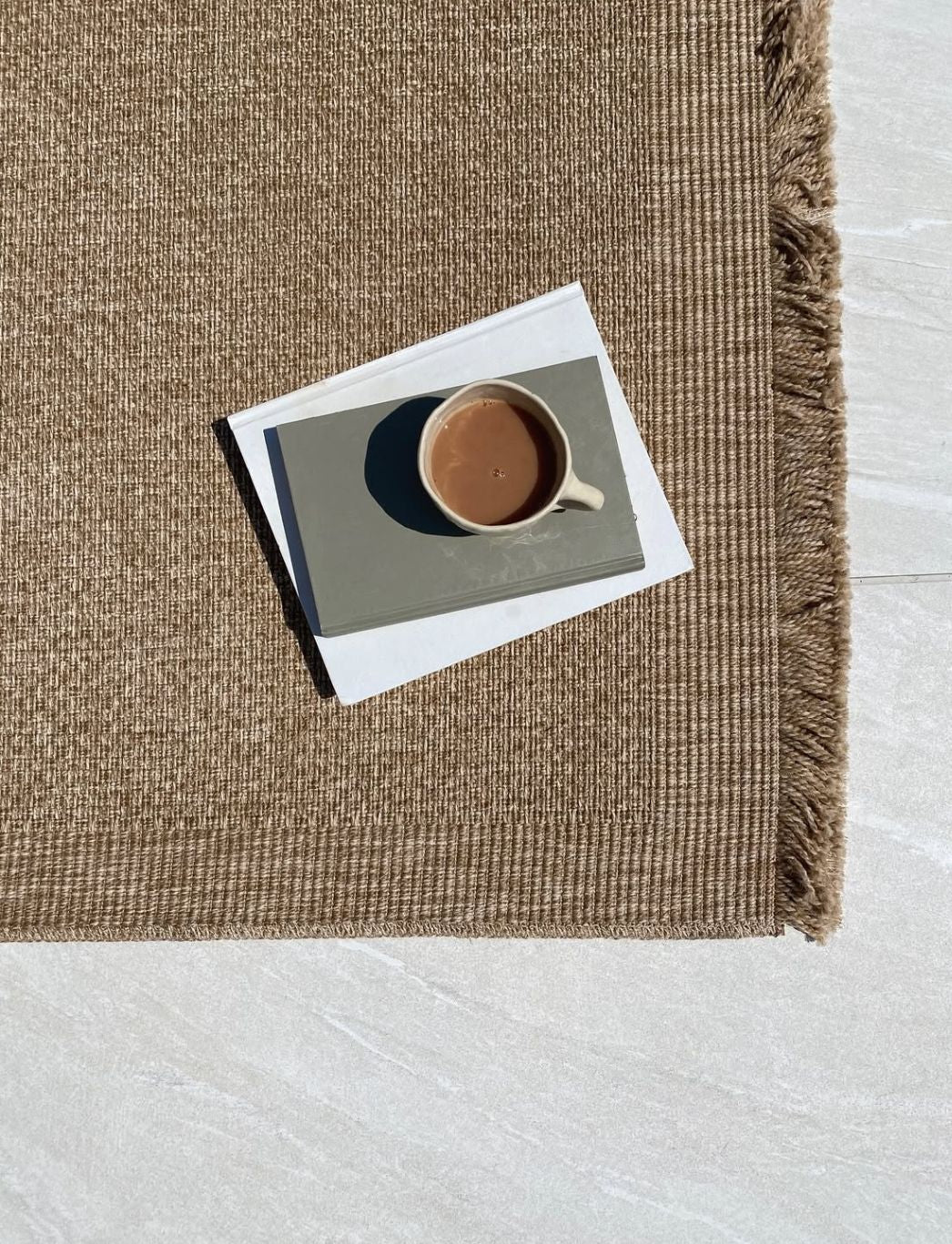Sustainable and Eco-Friendly Rug Options
In an era where environmental consciousness is paramount, sustainable and eco-friendly rug options are gaining immense popularity. These rugs not only add warmth and style to your home but also contribute to a healthier planet.
In this article, we will delve into the reasons for choosing eco-friendly rugs and explore various sustainable rug materials and designs.
Reasons for Buying Eco-Friendly Rugs
1. Environmental Responsibility
One of the most compelling reasons to choose eco-friendly rugs is the commitment to environmental responsibility. Traditional rug production often involves the use of synthetic materials, toxic dyes, and excessive water and energy consumption.
Eco-friendly rugs, on the other hand, are crafted with a focus on minimising their carbon footprint. By opting for sustainable materials and production methods, you play a role in conserving natural resources and reducing the environmental impact of rug manufacturing.
2. Reduced Chemical Exposure
Conventional rug materials and manufacturing processes can introduce harmful chemicals and pollutants into your home.
Many synthetic rugs are made from petroleum-based materials and treated with chemical coatings that can emit volatile organic compounds (VOCs) into the indoor air. These emissions can contribute to indoor air pollution and have adverse health effects.
Eco-friendly rugs are typically made from natural, non-toxic materials, reducing your exposure to harmful chemicals and improving indoor air quality.
3. Supporting Sustainable Agriculture
Several eco-friendly rug materials, such as jute, hemp, and organic cotton, are derived from sustainable agriculture practices.
Choosing rugs made from these materials supports farmers and communities engaged in environmentally friendly farming methods. Sustainable agriculture helps preserve soil fertility, reduce water consumption, and minimise the use of synthetic pesticides and fertilisers.
4. Biodegradability
Many eco-friendly rug materials are biodegradable, meaning they can naturally break down over time without causing harm to the environment.
When disposed of, these rugs decompose into organic matter, reducing the burden on landfills. This contrasts with synthetic rugs that can persist in landfills for decades without breaking down, contributing to waste accumulation.
5. Longevity and Durability
Eco-friendly rugs are often designed with durability in mind. Sustainable materials like wool, bamboo, and sisal are known for their strength and resilience.
By investing in a high-quality eco-friendly rug, you can enjoy its beauty and functionality for many years, reducing the need for frequent replacements and the associated environmental impact of rug production.
6. Unique and Artisanal Designs
Eco-friendly rugs frequently feature unique, artisanal designs created by skilled craftsmen and craftswomen. These rugs are often hand-woven or hand-knotted, adding a touch of authenticity and artistry to your space.
Choosing an eco-friendly rug allows you to showcase exquisite craftsmanship and support local artisans.
Sustainable Rug Materials and Designs
Now that we've explored the reasons for choosing eco-friendly rugs, let's delve into the sustainable rug materials and designs available:
1. Organic Cotton
Organic cotton is grown without synthetic pesticides or genetically modified organisms (GMOs). It is a natural and sustainable material that is soft to the touch and easy to maintain. Organic cotton rugs come in various styles and colours, making them versatile for different interior designs.
2. Wool
Wool is a classic and sustainable rug material. It is renewable, biodegradable, and known for its durability and natural resistance to stains and dirt. Wool rugs are available in various styles, from traditional to contemporary, and offer excellent insulation and comfort.
3. Jute
Jute is a natural fibre derived from the jute plant. It is biodegradable and grown without the need for synthetic pesticides or fertilisers. Jute rugs have a distinct texture and earthy appearance, making them popular choices for eco-conscious homeowners seeking a rustic or bohemian look.
4. Hemp
Hemp rugs utilise the fibres from the hemp plant, which is known for its sustainability. Hemp grows quickly, requires minimal water, and does not rely on synthetic pesticides. Hemp rugs have a natural, coarse texture and are available in various patterns and designs.
5. Sisal
Sisal rugs are created using agave plant fibres. Sisal is a renewable resource, and its production has a minimal environmental impact. Sisal rugs are durable and have a distinctive, textured appearance, making them suitable for both casual and formal spaces.
6. Bamboo
Bamboo rugs are crafted from bamboo fibres, which grow rapidly and are considered highly sustainable. Bamboo rugs often feature a sleek, contemporary design and are known for their durability and resistance to moisture.
7. Recycled Materials
Some eco-friendly rugs are made from recycled materials such as PET (polyethylene terephthalate) fibres, which are derived from recycled plastic bottles. These rugs help reduce plastic waste and offer a durable and stain-resistant flooring solution.
8. Handcrafted and Artisanal Designs
Many eco-friendly rugs are handcrafted by skilled artisans using traditional weaving or knotting techniques. These rugs often feature intricate patterns, vibrant colours, and unique textures, adding a touch of artistry to your space.
Conclusion
Eco-friendly rugs offer a sustainable and stylish way to enhance your home while minimising your environmental footprint. By choosing rugs made from natural, renewable materials and supporting artisanal craftsmanship, you can enjoy the benefits of beautiful and eco-conscious flooring.
To ensure the longevity and beauty of your eco-friendly rug, here are some maintenance tips:
- Regularly vacuum your rug to get rid of
- Rotate your rug to even out wear and fading.
- Address spills promptly by blotting with a clean, dry cloth.
- Follow the manufacturer's care instructions for cleaning and maintenance.
- Consider professional cleaning for deep cleaning and stain removal.
The decision to invest in eco-friendly rugs is a step towards a more sustainable and responsible approach to interior design, aligning your living space with your values and contributing to a healthier planet for future generations.
Explore the enduring charm of meticulously crafted rugs at The Rugs. Delve into our carefully curated assortment of artisan-made rugs, and bring home a work of art that will stand the test of time. Begin your shopping journey today and imbue your decor with lasting artistry and craftsmanship!
Eco friendly rug for living room: Sustainable Style for Your Home
Transform your living space with an eco-friendly rug that combines style and sustainability. These rugs are crafted from natural, renewable materials such as organic cotton, jute, or recycled fibres. Look for options with low-impact dyes to minimise environmental harm. Many eco-friendly rugs feature unique textures and patterns, adding visual interest to your living room. Consider rugs made from reclaimed materials for a truly sustainable choice. Remember, choosing an eco-friendly rug not only enhances your decor but also contributes to a healthier planet.

Affordable eco friendly rugs: Budget-Friendly Green Options
Discover wallet-friendly eco rugs that don't compromise on quality or environmental impact. Look for rugs made from sustainable materials like bamboo or seagrass, which are often more affordable than traditional options. Recycled plastic rugs offer durability and easy maintenance at a lower price point. Consider smaller sizes or runners to incorporate eco-friendly options into your home without breaking the bank. Many manufacturers now offer competitively priced green lines, making sustainable choices more accessible than ever.
Best eco friendly rug: Top Picks for Sustainable Floor Coverings
Explore the cream of the crop in eco-friendly rugs for your home. The best options combine durability, style, and minimal environmental impact. Look for rugs certified by recognised environmental organisations to ensure genuine sustainability. Top picks often feature innovative materials like recycled PET bottles or organic wool. Consider rugs with reversible designs for extended use and value. The best eco-friendly rugs not only look great but also boast low-emission manufacturing processes and biodegradable components.
Eco friendly washable rugs: Easy-Care Options for Sustainable Living
Maintain a clean home and a clear conscience with eco-friendly washable rugs. These practical options are often made from recycled materials or natural fibres that can withstand frequent washing. Look for rugs with water-based dyes and non-toxic treatments for a truly green choice. Many eco-friendly washable rugs feature stain-resistant properties, making them ideal for high-traffic areas or homes with children and pets. Choose options that can be machine washed for ultimate convenience and longevity.
Non toxic rugs for nursery: Safe and Sustainable Choices for Little Ones
Create a healthy environment for your baby with non-toxic nursery rugs. Opt for rugs made from organic materials like cotton or wool, free from harmful chemicals and treatments. Look for certifications that guarantee low VOC emissions and hypoallergenic properties. Consider rugs with natural dyes to avoid potential irritants. Many non-toxic nursery rugs feature playful designs and soft textures, perfect for tummy time and early exploration. Prioritise rugs that are easy to clean to maintain a hygienic space for your little one.

Eco friendly rug outdoor: Sustainable Solutions for Exterior Spaces
Extend your commitment to sustainability to your outdoor areas with eco-friendly rugs. Choose options made from weather-resistant natural fibres like sisal or jute for durability. Consider rugs made from recycled plastics that can withstand the elements while keeping waste out of landfills. Look for UV-resistant eco rugs to prevent fading and extend their lifespan. Many outdoor eco rugs feature mould and mildew resistance, ensuring they stay fresh in various weather conditions. Remember to select rugs with proper drainage to prevent water accumulation.

Eco friendly rug ideas for living room: Stylish and Sustainable Decor
Elevate your living room's style and eco-credentials with these rug ideas. Consider a large jute rug for a natural, textured look that complements various decor styles. Opt for a vibrant recycled cotton rug to add a pop of colour while supporting sustainable practices. Layered eco rugs of different sizes and materials can create depth and interest. Look for rugs with geometric patterns made from low-impact dyes for a modern, eco-conscious touch. Remember, eco-friendly rugs can be both a statement piece and a conversation starter about sustainability.
Eco friendly rugs: A Guide to Sustainable Floor Coverings
Discover the world of eco-friendly rugs and their benefits for your home and the environment. These rugs are typically made from renewable resources or recycled materials, reducing their carbon footprint. Look for options with natural backing like latex from rubber trees instead of synthetic adhesives. Many eco rugs boast biodegradable properties, ensuring they won't linger in landfills at the end of their life. Consider the entire lifecycle of the rug, from production to disposal, when making your choice. Remember, eco-friendly rugs often improve indoor air quality by avoiding harmful chemicals and off-gassing.
Eco friendly kitchen rugs: Sustainable Style for Culinary Spaces
Enhance your kitchen's eco-credentials with sustainable rug options. Look for water-resistant materials like recycled plastic or treated natural fibres to withstand spills and frequent cleaning. Consider anti-fatigue eco rugs made from renewable resources to provide comfort during long cooking sessions. Machine-washable options ensure easy maintenance in this high-traffic area. Many eco-friendly kitchen rugs feature non-slip backing made from natural rubber for safety. Choose rugs with stain-resistant properties derived from eco-friendly treatments to keep them looking fresh.
Eco friendly carpet for pets: Sustainable Options for Furry Friends
Create a pet-friendly home without compromising on sustainability with eco-friendly carpet options. Look for carpets made from durable natural fibres like sisal or seagrass that can withstand pet traffic. Consider recycled polyester carpets that offer easy cleaning and resistance to pet stains. Many eco-friendly pet carpets feature odour-neutralising properties derived from natural compounds. Opt for low-pile options to minimise pet hair accumulation and facilitate easy vacuuming. Remember to choose carpets with non-toxic treatments to ensure the safety of your furry companions.

Eco friendly carpet cleaning: Green Methods for Maintaining Your Rugs
Maintain your carpets and rugs while protecting the environment with these eco-friendly cleaning methods. Use plant-based cleaning solutions free from harsh chemicals and toxins. Consider steam cleaning as an effective, chemical-free option for deep cleaning. Baking soda and vinegar can serve as natural deodorisers and stain removers. Invest in a high-efficiency vacuum to reduce energy consumption while effectively removing dirt. Regular brushing and airing of rugs can minimise the need for intensive cleaning. Remember, prevention is key – use doormats and implement a no-shoes policy to reduce dirt accumulation.
Non toxic wall to wall carpet: Healthier Options for Full Coverage
Create a safer home environment with non-toxic wall-to-wall carpeting options. Look for carpets made from natural fibres like wool or organic cotton, which are inherently low in toxins. Consider recycled nylon carpets that avoid the use of new petrochemicals. Opt for carpets with low VOC emissions to improve indoor air quality. Many non-toxic options feature natural backing materials instead of synthetic adhesives. Look for certifications from recognised environmental organisations to ensure the carpet meets strict non-toxic standards. Remember, proper installation using low-emission adhesives is crucial for maintaining a non-toxic environment.
Sustainable rug for living room: Eco-Conscious Choices for Main Living Spaces
Elevate your living room's style and sustainability with an eco-conscious rug choice. Consider hand-woven rugs made from natural fibres, supporting traditional craftsmanship and sustainable practices. Look for rugs made from rapidly renewable materials like bamboo or hemp for a truly green option. Many sustainable living room rugs feature low-impact or natural dyes, preserving their eco-credentials without sacrificing style. Consider vintage or upcycled rugs for a unique look that extends the lifecycle of existing materials. Remember, a sustainable living room rug can serve as both a design focal point and a statement of your environmental values.

FAQ
What is the most environmentally friendly rug material?
Jute and sisal are among the most eco-friendly rug materials. They're biodegradable, renewable, and require minimal processing.
What is a sustainable rug?
A sustainable rug is made from renewable or recycled materials, produced with minimal environmental impact, and designed for longevity and biodegradability.
What are the most eco-friendly carpets?
The most eco-friendly carpets include those made from organic cotton, wool, seagrass, and recycled materials like PET plastic bottles.
What is the healthiest material for a rug?
Organic wool is considered one of the healthiest rug materials. It's naturally hypoallergenic, resistant to dust mites, and free from harmful chemicals.
What material is more eco-friendly?
Natural fibers like hemp, bamboo, and organic cotton are generally more eco-friendly than synthetic materials due to their biodegradability and low-impact production.
What fabric is most environmentally friendly?
Organic hemp is often considered the most environmentally friendly fabric. It requires minimal water, no pesticides, and enriches the soil it grows in.
What fabrics are not eco-friendly?
Synthetic fabrics like polyester, nylon, and acrylic are generally not eco-friendly due to their petroleum-based origins and non-biodegradable nature.
Which of the following fabrics is the most eco-friendly?
Among common fabrics, organic linen is one of the most eco-friendly due to its low water usage and minimal need for pesticides during production.
What is the safest material for outdoor rugs?
Polypropylene is often considered the safest material for outdoor rugs due to its durability, mold resistance, and ability to withstand UV rays without harmful off-gassing.
What material is not environmentally friendly?
PVC (polyvinyl chloride) is not environmentally friendly due to its toxic production process and inability to biodegrade.
Are rugs biodegradable?
Rugs made from natural fibers like jute, sisal, or wool are biodegradable. However, synthetic rugs or those with backing materials may not be fully biodegradable.
What is the most eco-friendly insulation material?
Sheep's wool is one of the most eco-friendly insulation materials. It's renewable, biodegradable, and highly effective at regulating temperature and moisture.
What makes a rug sustainable?
A rug is sustainable when it's made from renewable or recycled materials, produced using eco-friendly processes, and designed for longevity and eventual biodegradability.
What is an eco rug?
An eco rug is made from environmentally friendly materials like organic fibers or recycled content, and produced using sustainable manufacturing practices that minimize environmental impact.
What is eco-friendly carpet?
Eco-friendly carpet is made from sustainable materials like recycled plastics or natural fibers, uses low-VOC adhesives, and is designed for easy recycling at the end of its life.
What is an organic rug?
An organic rug is made from natural fibers grown without pesticides or synthetic fertilizers, often certified by organizations like GOTS (Global Organic Textile Standard).
What is an example of a sustainable fabric?
Tencel (lyocell) is an example of a sustainable fabric. It's made from wood pulp from sustainably managed forests and produced in a closed-loop process that recycles water and solvents.
What is a sustainable mat?
A sustainable mat is typically made from renewable materials like cork, bamboo, or recycled rubber, and designed for durability and eventual biodegradability or recyclability.
What is a recycled rug?
A recycled rug is made from post-consumer or post-industrial waste materials, such as plastic bottles, fabric scraps, or old carpets, repurposed into new rug fibers.
What type of rug is healthiest?
Organic wool rugs are often considered the healthiest due to their natural resistance to allergens, moisture-wicking properties, and absence of harmful chemicals.
Is wool rug eco-friendly?
Wool rugs can be eco-friendly, especially if sourced from sustainably managed flocks. Wool is biodegradable, durable, and naturally stain-resistant, reducing the need for chemical treatments.
What is the best quality material for a rug?
High-quality wool is often considered the best material for rugs due to its durability, natural stain resistance, and ability to maintain appearance over time.
How do I choose a sustainable rug?
Choose a sustainable rug by looking for natural or recycled materials, eco-friendly certifications, low-impact dyes, and brands committed to sustainable practices throughout their supply chain.
What is the most eco-friendly cloth?
Organic hemp is often cited as the most eco-friendly cloth due to its low water requirements, pest resistance, and soil-enriching properties during cultivation.
What fabrics have the least environmental impact?
Fabrics with the least environmental impact include organic cotton, hemp, linen, and Tencel, due to their low resource requirements and biodegradability.
What are the eco-friendly carpet choices?
Eco-friendly carpet choices include wool, sisal, seagrass, recycled nylon, and PET (made from recycled plastic bottles) carpets.
What makes carpet sustainable?
Sustainable carpets are made from renewable or recycled materials, use low-VOC adhesives, are durable for long-term use, and are recyclable at the end of their lifecycle.
Are Persian rugs sustainable?
Traditional Persian rugs can be sustainable if made from natural wool and vegetable dyes. However, their sustainability depends on production methods and transportation impact.
What is a sustainable fabric?
A sustainable fabric is produced from renewable resources or recycled materials, manufactured using environmentally friendly processes, and designed for longevity and biodegradability.
What is eco carpet?
Eco carpet is flooring made from sustainable or recycled materials, produced with minimal environmental impact, and designed to be recyclable or biodegradable after use.
Are rugs environmentally friendly?
Rugs can be environmentally friendly if made from sustainable materials like natural fibers or recycled content, and produced using eco-friendly manufacturing processes.
What is the healthiest rug?
The healthiest rug is typically made from natural, organic materials like wool or cotton, free from harmful chemicals and VOCs, and resistant to mold and dust mites.
Which material is the least environmentally friendly?
Synthetic materials derived from petroleum, such as polyester and nylon, are generally considered the least environmentally friendly due to their non-biodegradable nature and resource-intensive production.
What is the most eco-friendly rug?
The most eco-friendly rug is typically made from natural, renewable materials such as jute, sisal, or organic cotton. These materials are biodegradable and require minimal processing. Wool rugs from responsibly sourced sheep are also considered eco-friendly due to their durability and natural origins.
What is the best eco carpet?
The best eco carpet is often made from recycled materials like plastic bottles or fishing nets. Brands like Interface and ECONYL produce high-quality carpets from reclaimed waste. Alternatively, natural fiber carpets made from seagrass or coir offer excellent eco-credentials and a unique aesthetic.
Are jute rugs eco-friendly?
Yes, jute rugs are highly eco-friendly. Jute is a fast-growing, renewable plant that requires minimal water and pesticides. The fibers are biodegradable and can be composted at the end of the rug's life. Jute rugs also have a low carbon footprint due to their natural production process.
How long does it take for a rug to decompose?
The decomposition time for a rug varies greatly depending on its materials. Natural fiber rugs like jute or sisal can decompose within 1-5 years. However, synthetic rugs made from nylon or polyester may take hundreds of years to break down fully, contributing to long-term environmental issues.
What are the pros and cons of hemp rugs?
Pros of hemp rugs include their durability, biodegradability, and natural resistance to mold and mildew. They're also hypoallergenic and eco-friendly. Cons include a rougher texture compared to some other materials, potential fading in direct sunlight, and higher cost due to limited production.
Is there eco-friendly carpet?
Yes, eco-friendly carpet options are increasingly available. These include carpets made from recycled plastics, natural fibers like wool or sisal, and low-VOC synthetic materials. Many manufacturers now offer take-back programs to recycle old carpets, further reducing environmental impact.
Are silk rugs toxic?
Pure silk rugs are generally not toxic. However, some concerns arise from the dyeing process and potential pesticide use in silk production. Natural, undyed silk rugs are the safest option. It's important to note that many "silk" rugs are actually made from artificial silk, which may contain harmful chemicals.
What is the healthiest carpet?
The healthiest carpet is typically made from natural, untreated fibers like organic wool or cotton. These materials are hypoallergenic and resistant to dust mites. Look for carpets with low VOC emissions and those certified by organizations like the Carpet and Rug Institute's Green Label Plus program for optimal indoor air quality.
What is the most eco-friendly floor covering?
The most eco-friendly floor covering is often considered to be cork. It's renewable, biodegradable, and harvested without harming trees. Other top contenders include bamboo, which grows rapidly and sequesters carbon, and reclaimed wood, which repurposes existing materials and prevents deforestation.
Related Blog Posts
Related Rug Collections










Leave a comment